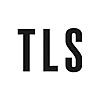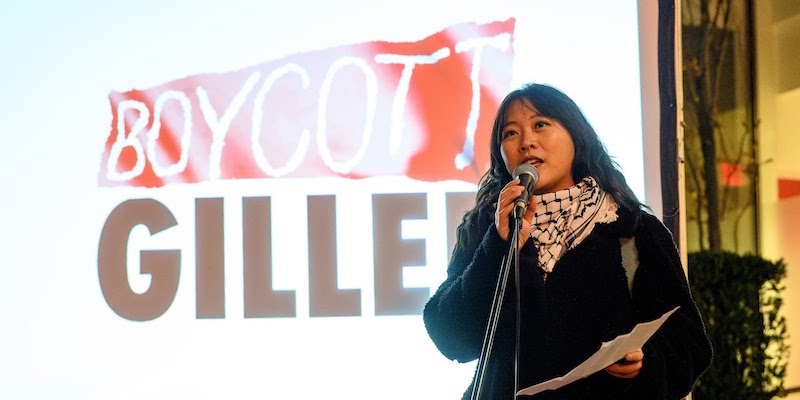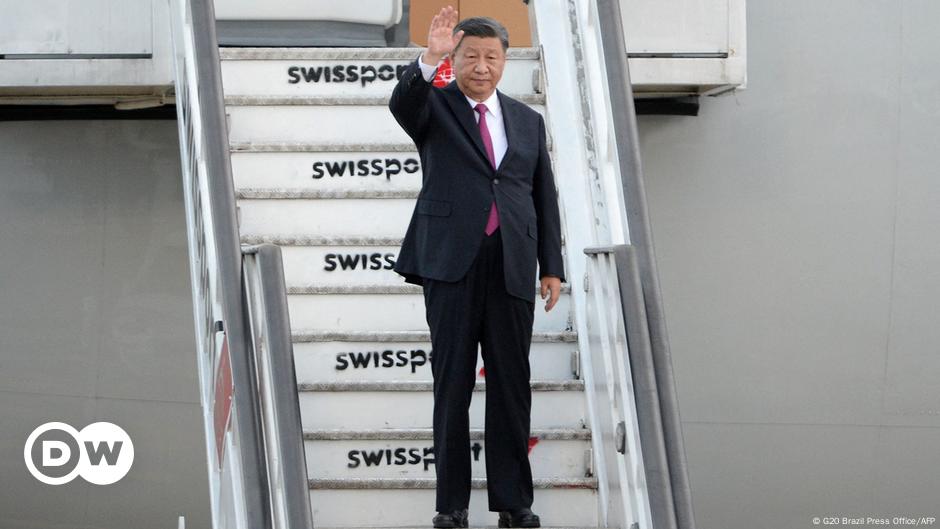Thirteen-year-old Briar and his younger sister Rose are hiding out in an empty house against an unspecified threat. The keys to the house are attached to a see-through plastic keyring containing a photograph of smiling children. Briar wonders if the photograph is of the house’s former occupants, from a time “when there were household goods and things in it making it lived-in”. No, thinks Rose. The children are either AI-generated or stock photo models, unknown to each other and snapped by “some photographer who didn’t know them either and then the photographer sold it to a conlomerate”. This short passage contains all but the entirety of Ali Smith’s unsettling new novel in miniature: the Pinteresque, domestic-uncanny atmosphere of subdued but ineradicable menace; the displacement of the human and familial by their glassy, depthless simulacra; the poignant Martianism (“things in it making it lived-in”) of children gesturing at articulacy in an atomized, increasingly non-verbal, “unlibraried” society; the formal preoccupation with language, and its deformations, both as a tool of oppression and resistance. For Rose, to mispronounce “conglomerate” is to chip, however minimally, at its power: the term has special resonance for her and Briar, whose unnamed mother, we learn forty pages later, has blown the whistle on her former employer, a large weedkiller manufacturer, and since disappeared.
We are in a totalitarian state resembling Britain in the near – possibly very near – future. Climate change has passed its tipping point; April is the cruellest month, intolerably hot and followed by cataclysmic storms. The rivers are dead, the bee and wildflower populations decimated by the pesticides the children’s mother had been handsomely paid to publicize. Briar and Rose have returned to the family home to find it encircled in red paint, a sign, it will turn out, that its occupants have been deemed “unverifiable” and that the house will be bulldozed. It is Leif, their mother’s boyfriend, who installs them in the safe house before leaving for a period that he foresees, incorrectly, will be no more than a fortnight: it has become too dangerous for him to stay there. And so Briar and Rose are left in their sweltering, unfurnished refuge, counting down the days in the tins of meatballs and creamed rice supplied by Leif, bickering, missing their mother, testing the limits of language, and each other’s patience, via Rose’s half-involuntary, half-defiant malapropisms and Briar’s experimental verbosity. “I can’t believe you’re being so profligate already”, he says when Rose suggests they treat themselves to a tin of creamed rice.
The set-up in this long first section of the novel – there are three – is tonally reminiscent of Ian McEwan’s early novella The Cement Garden (1978), though without the element of incest. Like McEwan’s Jack and Julie, Briar and Rose are forced into a strange, orphaned intimacy in an atmosphere of impending catastrophe. Their sole solace – other than their prickly love for one another – is an emaciated grey horse that Rose discovers in a field a short walk from the safe house. She names it Gliff, a word she has overheard, but at least affects not to understand. Later the more philologically inclined Briar learns that the word has multiple meanings, including “a shock” and “to glimmer like sudden unanticipated light”, and, indeed, that it is “a substitute word for any word”. “Gliff” can mean something very specific, or anything. Gliff the horse is destined for the abattoir. By rescuing him Briar and Rose adopt him as a repository of hope against the odds – a specific, immediate instance of hot-breathed reality and something less circumscribable: the freedom to make meaning in a tech-saturated dystopia intent on unmaking it.
Gliff is a peculiar novel: it insists on spelling out its own indeterminacy. The first section, entitled “horse”, is frequently brilliant. Smith constructs her baleful vision of the near future from materials she finds close at hand. When, venturing from the safe house, Briar pushes over a “Supera Bounder”, the machine used to paint the red lines, he is approached by Oona, an elderly woman who will turn out to belong to a resistance movement known as Campion. “Be careful after today”, Oona warns Briar. “CC will have caught and stored what happened today. They’ll facially trail you now.” The surveillance state that has turned against Smith’s protagonists is at times indistinguishable from our own. Smartphones have addicted the population to their subjugation. Children wear “educators”, smartwatch-like devices that have to a great extent replaced in-person learning and “automatically record everything”. Citizens are reduced to data points – “your date of birth your place of birth your ethnicity your gender your sexuality your religion your postcode your latest blood test figures” – while the fabric of the commonweal, the theatres, the libraries, the state schools, has been demolished or repurposed for private use. The novel begins in an art museum converted into an exclusive hotel.
The familiarity of Smith’s mise en scène frees her to be implicit: Gliff is drenched in menace without the need to identify it. Briar and Rose move around in an environment of supreme ordinariness, of suburban streets and boarded-up demolition sites that, we are made to understand, with only the most delicate authorial intervention, have been turned against them. There is a terrific moment in the second section, “power”, when Wolf, a fellow unverifiable holing up with Oona at an abandoned school, teases Daisy, another of their number, by “singing … a song where the singer is going crazy for love and wants Daisy to give him the answers”. Briar, narrating, clearly has no idea what the reference is. “He told her he knew she wanted him and said something about having a bicycle that could carry two people.” This is the Martianism of terminal cultural amnesia; with the lightest of touches, Smith conjures up a society so stripped of communality that even the most basic folk knowledge has been lost.
The problem arises when the author is tempted to thumb the scale. There is an inevitably bathetic cost in revealing the precise reasons behind Briar and Rose’s categorization as unverifiable. Smith is nodding to Kafka while squandering the power of Kafkaesque uncertainty: as soon as we know for sure what, in the eyes of the state, Briar and Rose’s mother has done wrong, the horrors of her punishment, and that of her children, grow borders. The same could be said of the alleged crimes of Oona’s fellow unverifiables. “One person here had been unverified for saying out loud that a war was a war when it wasn’t permitted to call it a war … Another had been unverified for defaming the oil conglomerates by saying they were directly responsible for climate catastrophe.” Justified as it may be, this is too on the nose: it reads more like authorial indignation than a surrender to the freedom of fiction. In time the school is raided and the siblings are separated, Rose to a fate that remains in doubt until late in the book. Briar is rendered – another term whose multiple meanings are a source of fascination to him – and faces a brutal Orwellian re-education programme designed to turn him into an obedient servant of the state. Thanks to his new insider’s perspective we learn, for example, of the unmonitored rendition sites in the basements of corporate buildings, and of the horrific injuries sustained by unverifiable children put to work stripping the lithium strips from batteries. Again, vividly realized as they are, these Grand Guignol-ish details pale – or, rather, are excessively coloured – by comparison with the hazy dread of the opening section. The novel’s weakness for overdetermination extends, too, beyond the plot to its presiding concerns when, far from letting the untameable magnificence of Gliff the horse speak for itself, Smith gives us a mini lecture on George Stubbs and the sublime. Likewise, we feel a bit coerced when the novel’s inquiry into language and its fluctuations begins to use Briar as its mouthpiece: late on he boysplains to Rose that her choice of name for their horse is “really excitingly polysemous”. (“Oh”, she replies. “Right.”)
As the novels Ali Smith published between 2016 and 2020 formed her “Seasonal Quartet”, Gliff is the first of a projected diptych. Its follow-up, Glyph (as in “hieroglyph”, a “signifying mark”), is due out next year and will apparently “tell a story which is hidden in the first”. As a novel of disappearances, Gliff leaves plenty of room for interpolation; the risk for its author is in her tendency to fill in the gaps.
Nat Segnit’s most recent book is Retreat: The risks and rewards of stepping back from the world, 2021
The post Give me your answer appeared first on TLS.

 By Times Literary Supplement | Created at 2024-11-14 02:17:54 | Updated at 2024-11-23 22:11:26
1 week ago
By Times Literary Supplement | Created at 2024-11-14 02:17:54 | Updated at 2024-11-23 22:11:26
1 week ago








